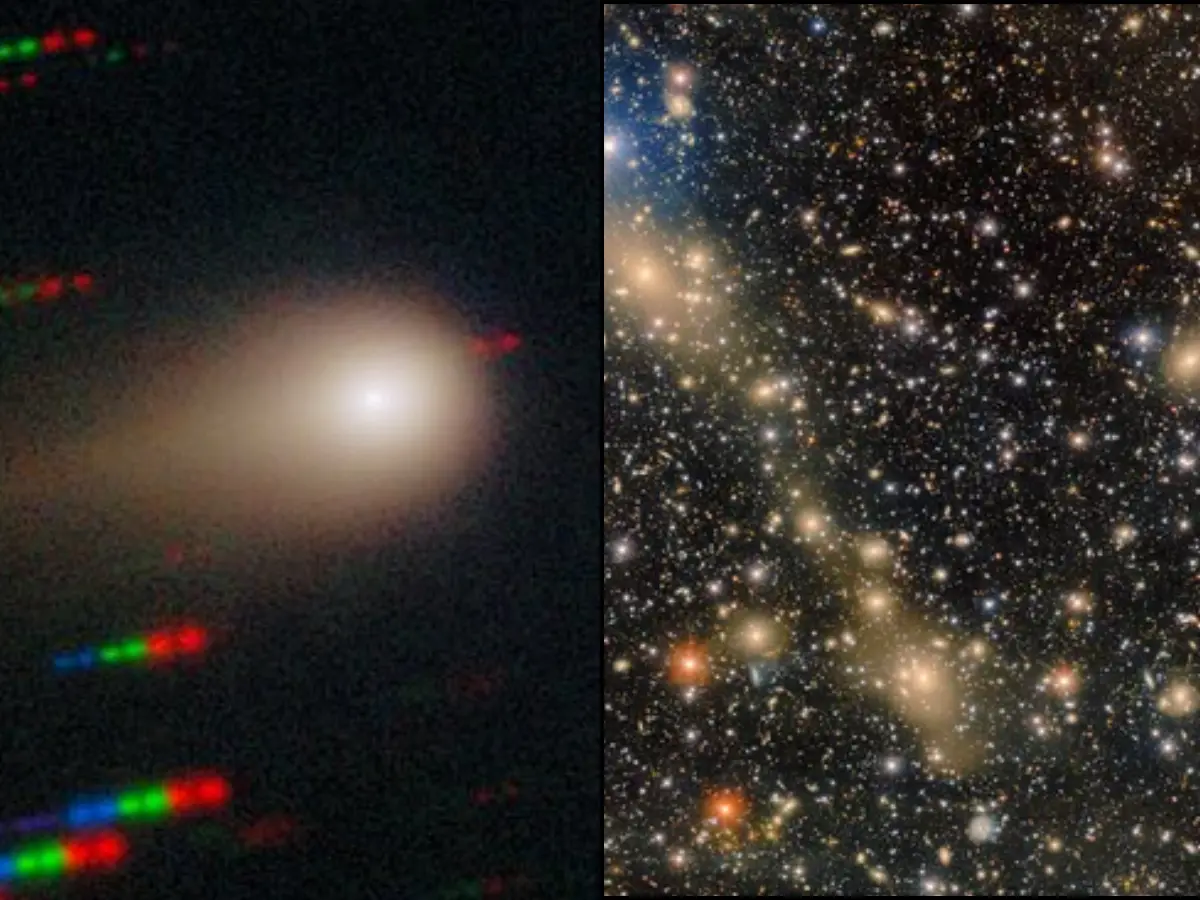The universe is filled with mysterious occurrences that humans still cannot understand. In the year 2025, scientists came across some strange cosmic objects and events that defied explanation. Some of them were those that had existed merely in…

The universe is filled with mysterious occurrences that humans still cannot understand. In the year 2025, scientists came across some strange cosmic objects and events that defied explanation. Some of them were those that had existed merely in…